The several months that have followed blockchain and Bitcoin’s entry into mainstream consciousness since late last year do not paint a pretty picture for the cryptocurrency market — or so most think.
A halving in value of Bitcoin and double digit drops in altcoins have brought to the fore 2 exaggerated ways of thinking in the general space: one firmly believes that while blockchain has some value to it, cryptocurrency is a fad, and the other doggedly hodling onto the belief that their investments will hit some celestial object or other in the near future.
Recent market events and “expert” opinions might touch upon some of the ideas held by these two movements, but there is reason to believe that, if anything, the crypto market is in a positive state.
It can be argued that recent token prices are unreflective of the true value of the technology, and that more subtle, low-key ancillary developments like partnerships, regulatory approval and corporate adoption of the technology actually signal tremendous progress for the space.
This interest, and many related patents, have only come to light in the past year. The potential in blockchain is so obvious that the biggest and most revered names in several industries are hurriedly looking into how they can utilize the technology themselves.
Even a truncated list of companies that are investing in blockchain is impressive: Microsoft, Google, Facebook, Alibaba, IBM, Barclays, Volkswagen, Walmart.
Of course, there is the argument that monopolies taking advantage of blockchain will only further cement their power. But one of the beautiful properties of blockchain is that it is incredibly versatile and can be molded to fit any number of utilities.
Yes, these big names using blockchain technology to further their interests is against the true spirit of decentralization, but we can simultaneously have liberating protocols and systems like Bitcoin and Ethereum.
There’s room for the technology to be used in a completely peer-to-peer basis, within the operational confines of a single company or between various entities. The variety of markets and stakeholders is one of the properties that will tide blockchain over into a future where it becomes the norm and not the exception.
Why Would Businesses Want to Use Distributed Ledger Technologies?

In the same way that DLTs are expected to somewhat level the playing field between the centralized entities that have long since wielded influence — the big financial institutions, the top 1%, and business monopolies — and the common person, so too can it develop to the benefit of small and medium businesses, giving them an edge in growth and operations that would have been impossible without the resources available to larger companies.
While Microsoft and Facebook throw internal resources into blockchain development for their own ends, there are several projects in the market that are not just offering blockchain platforms for small and medium businesses to build on, but functions for them to integrate into their workflows right now.
This is distinct from platforms like Stratis, which offers end-to-end Blockchain-as-a-Service solutions for businesses. As effective and simplified such solutions may be, small and medium businesses often do not have the resources to spare for the development of an internal blockchain system.
In this article, we take a look at blockchain platforms which can very quickly be integrated into businesses, without needing to expend much resources.
5 Blockchain Projects Businesses Should Know About
Factom

Factom, which runs with the mission of “making the world’s system more honest and transparent,” has a history that goes back to 2014, when CEO Paul Snow and Chairman of the Board David Johnston first discussed the idea. Coding began soon after and since then, Factom has gone on to build several business solutions that center around blockchain ledgers.
Factom’s open-source platform allows anyone to build applications that can suit all kinds of organizations, from governmental to enterprise. They’ve taken the effort to allow integration with legacy systems, an essential feature given that most of their target users will have already massive amounts of data.
Specifically, Factom offers solutions for auditing, quality control, loan and document authentication, identification and Near Field Communication (NFC) services. You can already see how several of these features, combined, can ease workflows for several kinds of industries, including shipping and logistics, manufacturing, intellectual property management, and real estate.
The team has 2 products available for use at the moment: Factom Harmony and dLoc.
The first is aimed at the mortgage industry and makes use of several of Factom’s features. Documents are audited, verified and securely stored, which reduces the cost of legal fees and duplication of documents. It basically gives the involved parties one permanent and unalterable record of relevant information.
dLoc was created in partnership with Linxens. This product uses NFC to let users share and store documents with other nearby devices in real time.
The audience for this product is any service that requires KYC documents — a record of information stored on the blockchain ensures that fraudulent documents cannot be used. DLoc uses an inlaid NFC chip that stores data about the particular record.
Of course, Factom isn’t the only project employing NFC and blockchain in general to combat fraud and counterfeiting, but its range of products and application in several industries does make one optimistic about its potential.
Having launched the fully decentralized protocol in May 2018, the platform is now setting its sights on developing more products. In time, we’ll hopefully see developers build them.
FundRequest
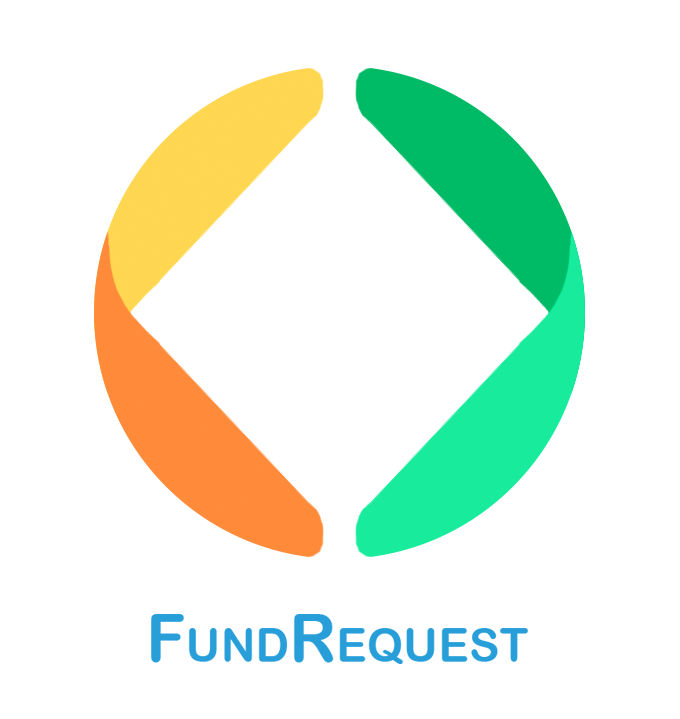
The professional world is moving towards a more outsourced and remote workforce model, with the internet facilitating this shift. Almost every kind of professional role can, to some degree, be conducted over the internet and this is most true of programming/software development.
The trouble is, software development can be a large expense and open-source projects are especially in need of human resources. Those who do work on open-source projects do so chiefly out of their passion for the project, but other commitments and the lack of compensation may affect development on open-source work.
This is where FundRequest can make a real difference to both the developer and the business launching the open-source project.
FundRequest provides open-source projects a way to easily incentivize developers to work on their project. Smart contracts allow the teams to automatically pay developers as and when they rectify issues.
Since the platform was launched on May 31, 2018, several development requests have already been addressed, including those relating to Brave, Aragon and TrustWallet.
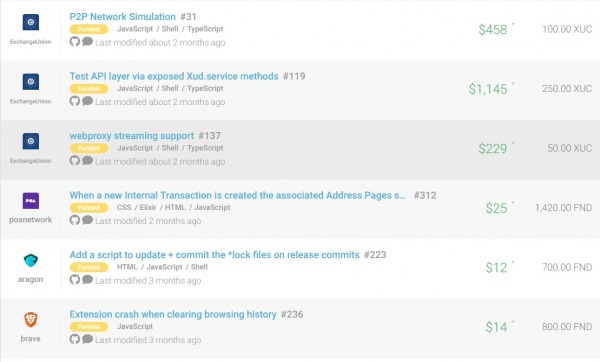
The platform could also help businesses from a recruitment perspective, as issues are reflected on GitHub. Organisations can also use the chrome extension to add funds to open issues, a feature that could be especially welcome to both organisations and developers, as there is now a direct way to compensate work.
In the cryptocurrency world, recruitment from the community is not unheard of, and this further reflects the changing nature of the work environment in today’s world. FundRequest makes it possible for projects to attract developers and gauge their suitability.
Since having gone live, FundRequest is now focusing on building an ecosystem for developers and teams that require them.
The team’s current priority is Arkane, an open network that supports multiple blockchain infrastructures. The Arkane APIs allow developers to integrate wallets, portfolio apps and exchanges.
The team has stated that they would like the platform to support as many users as possible, which is the reason for developing a feature with a broad utility that can support so many different kinds of services. FundRequest will use Arkane to become blockchain agnostic. Further details on Arkane will soon be shared.
The combination of these features would make it easy for organizations to readily make consistent payments without having to go through long set-up procedures.
Request Network

Request Network is essentially an accounting and payments-oriented platforms for individuals and businesses alike. They’ve made good progress on their roadmap, and already offering integration with websites.
Request’s cryptocurrency payment integration went live in late March 2018. It lets websites use the Request Network app to receive payments in crypto, incurring no merchant fees.
Currently, payments can only be made in Ether, but the the plan is to include many more currencies over time (Request has also teamed up with Digix to allow invoicing in gold). While the payments application is serviceable, it will be subject to changes in the future.
Payroll processes must also be mentioned — they are a major area that Request is targeting for improvement. It can be a severely taxing and time-consuming endeavour for companies. A payroll applicatin would allow companies to automatically generate payments on a periodic basis, and record information like bonuses with ease as well. An employee’s metadata will also have a single storage location, which can be easily retrieved and analysed for accounting purposes.
For example, it would be very easy to tally the expenses of one department and discover where the company’s expenses are going. Essentially, an employee’s data needs only be verified and entered the first time, after which the smart contract takes over.
Accounting and tax auditing is another significant use case that the team is working towards, though these applications are yet to enter the development phase. Request Network can automate the accounting and tax auditing processes, streamlining these formalities and shedding light on where funds are expended.
The fact that they are working towards compatibility with various kinds of currencies and assets (including gold) also gives employees the option to choose the form of their compensation (though that will depend on company policy).
These, among many other features, make Request Network a project worth monitoring.
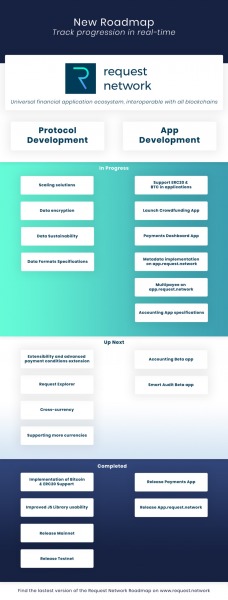
Furthermore, the team has stated that they intend Request Network to work with IoT. One might wonder why a primarily accounting-related project might focus on IoT, but in order for machines to establish some transfer of value in the communication of data with other machines, it requires an automated payment systems — and that’s where Request Network comes in.
That is a distant ambition — for the moment, businesses will see the greatest gains in using Request to simplify their payments work, simplifying tax audits, accounting and invoicing.
The project has a lot in their development pipeline, including Bitcoin compatibility and the creation of the different applications.
That they’re already live shows that at least half the battle’s over. Their most recent efforts have been focused on the accounting, and payments dashboard and crowdfunding app. While there is no longer any strict timelines for milestones, the team does offer regular updates on their blog.
Cryptyk
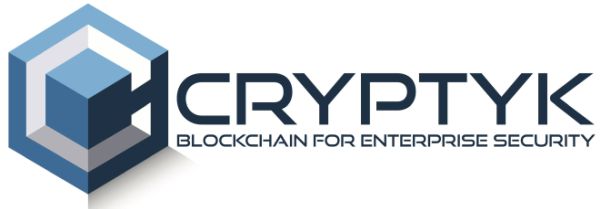
In a world where cyber security is becoming an increasingly serious problem, businesses have to do all they can to protect customer data or risk losing their reputation.
However, cyber security and centralized cloud storage solutions are expensive and not all that secure. Businesses pay a great deal for the best security, but are still vulnerable to attacks. In fact, for every $1 spent on cloud storage, $4 is spent on security.
But decentralized cloud solutions provide immense security and redundancy at a much more affordable price. This is the idea that Cryptyk is working with, aiming to give businesses an affordable but effective way to protect data.
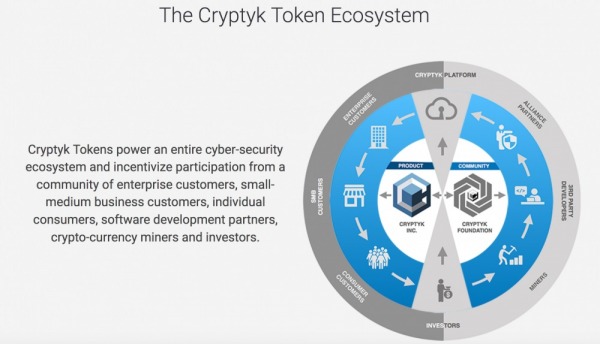
The platform’s hybrid solution combines multi-cloud storage and blockchain auditing to overcome the current deficiencies in these areas.
Furthermore, with security being a top priority, the team has made the platform safe against hacking. In a nutshell, the file is stored in multiple cloud storage providers, like AWS, Dropbox and Drive, but access to the file would require hacking all providers and retrieving a unique hash code.
When businesses use the platform, they will interface through the Cryptyk system to access data. For example, were a bank to use Cryptyk, customers would access their account through a Cryptyk interface.
The benefit for enterprises is that they will have a more effective cyber security and cloud storage solution at a more affordable price.
The platform has also become a partner under IBM’s Embedded Solutions program. The program gives fledgling startups access to IBM’s cutting edge technology, which they can use with their own proprietary software.
Cryptyk’s token sale is currently live and is in its presale phase. The public sale will begin on September 26 and ends on October 31 2018. They’ve already raised $7 million, with a hard cap of $25 million. You’ll have to get KYC verified to participate in the presale.
Development will begin in Q1 2019 and the team expects to launch the product in Q2 2019.
OmiseGO
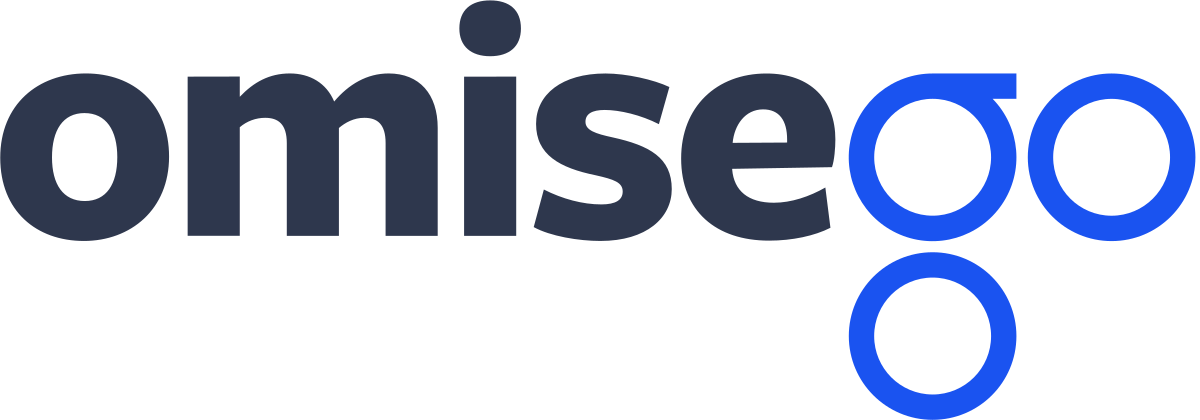
OmiseGO is often covered on InvestinBlockchain and we’ve spoken at length about the Plasma technology, and the project’s potential to greatly revolutionize banking services in the south east Asian region.
In spite of the fact that the team is quite tight-lipped about how things are progressing, there’s much to look forward to, as described in their highly detailed whitepaper. It’s also worth mentioning that they are advised by Vitalik Buterin himself.
The OmiseGO platform will essentially act as a clearinghouse for different financial providers, businesses and merchants. Their e-wallet SDK, which is open-source, allows business to integrate it into their services.
The application possibilities for businesses are as follows: with the popularity of e-wallets growing, especially in Asia, they can integrate the OmiseGO wallet into their business. Without a blockchain system, there is a tendency for these funds to get “frozen” in these e-wallets because they cannot be recovered into a bank account or transferred to a different kind of wallet.
This is bad for both businesses and customers, as the funds are uselessly stored in the wallet.
Given that a sizable portion of the Asian population actively uses e-wallets, the ability to quickly transact with any merchant or business by being able to convert these funds on the fly will be of great value to users.
The OmiseGO network considers the specific currency being used irrelevant; instead it focuses on making transactions with various networks an unobstructive process, thereby freeing up frozen funds and increasing liquidity.
By converting the funds on the OmiseGo network, users can transmit these frozen funds to other wallets and financial providers. It will even be possible to convert loyalty points and airline miles into currency.
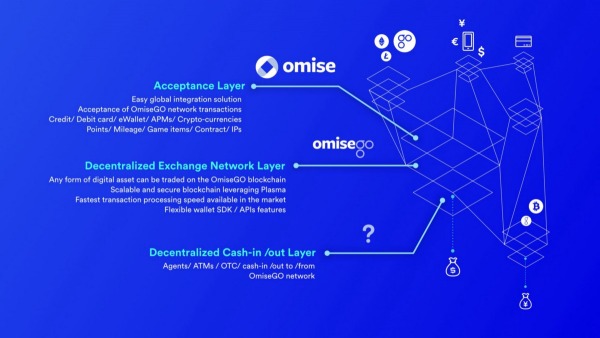
Such a product will allow any and every business to easily integrate a blockchain-based wallet that will let each independently have wallet service, rather than depend on a third-party wallet provider to act as a intermediary for payments.
The scale of OmiseGO’s mission means that it will be some time before we see a tangible outcome.
For the moment, the release of the e-wallet SDK is one of the more notable achievements of the team. With this release, they’ve also begun to collaborate with merchants for wallet integration. That’s something to be appreciate, though many investors would rather see the big milestones like the release of the first Plasma demo and Atomic Swaps.
Last month, OMG released an early alpha version of their Tesuji plasma milestone, though it is still being tested internally.
These major milestones are expected in Q4 2018. Indeed, the next 12 months will see the implementation of all the major features that make investors optimistic about OmiseGO.
Final Thoughts
There’s hope to be found for the market in the possibilities — eventuality may be more apt — that businesses will integrate blockchain solutions into their systems. The fact that they have access to several services and products while not having to develop their own blockchain is fantastic because they can readily begin to use these features to further their business.
In fact, most of the platform features listed here are required for most businesses. We may come to a point where these essential services are executed through blockchain platforms, while the core business can focus on what it does best — service and growth.
As these blockchain platforms refine themselves and find partners, which will result in more services, the incentive to use these platforms will only grow.
Related: 5 Blockchain Projects Revolutionizing the Supply Chain Management Industry

